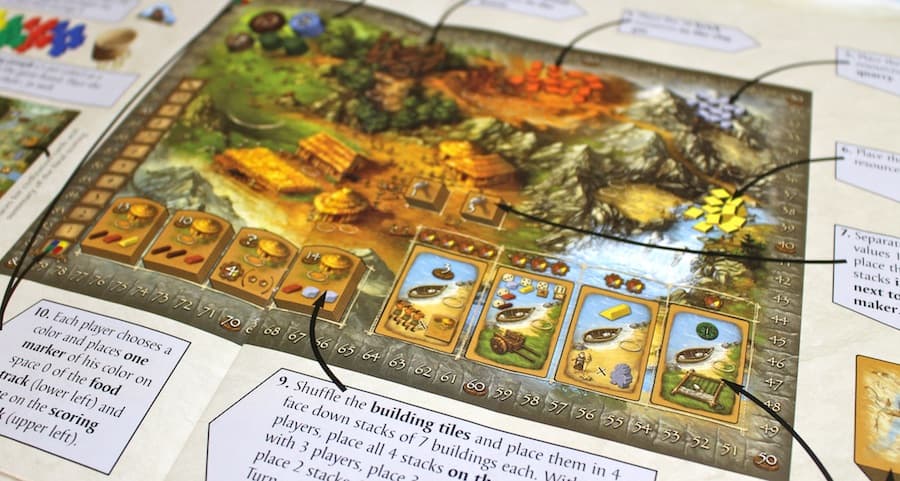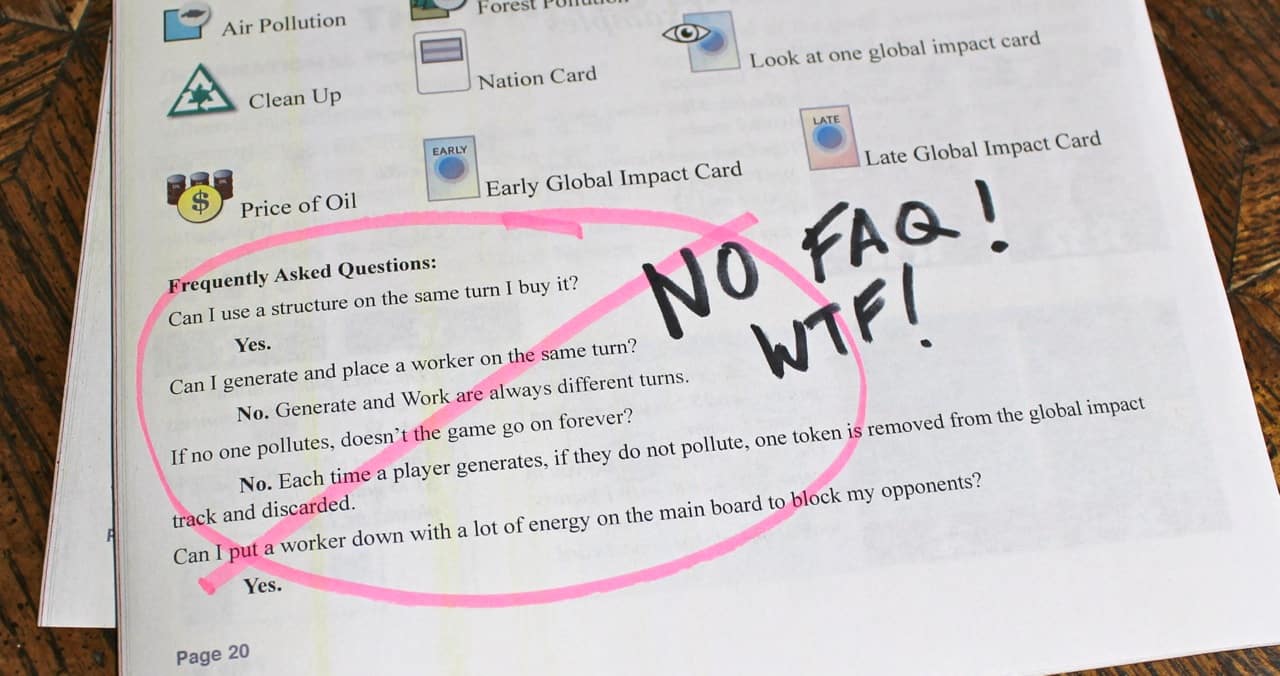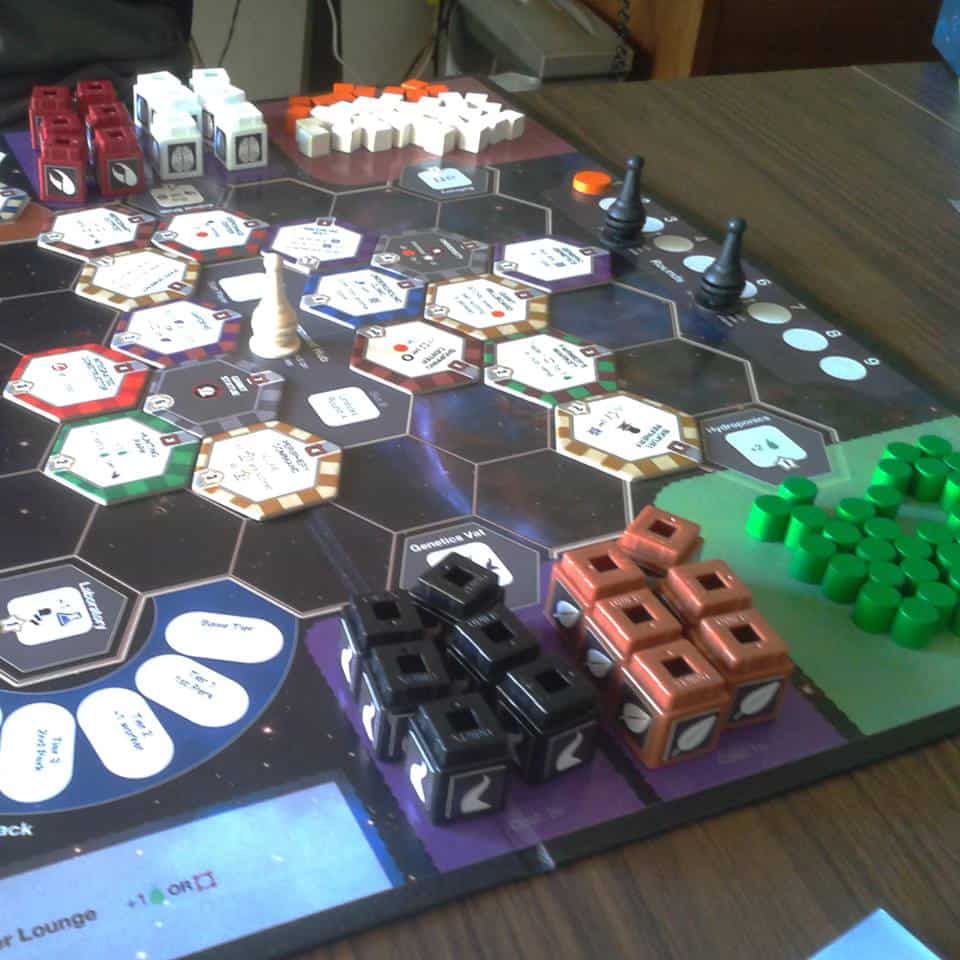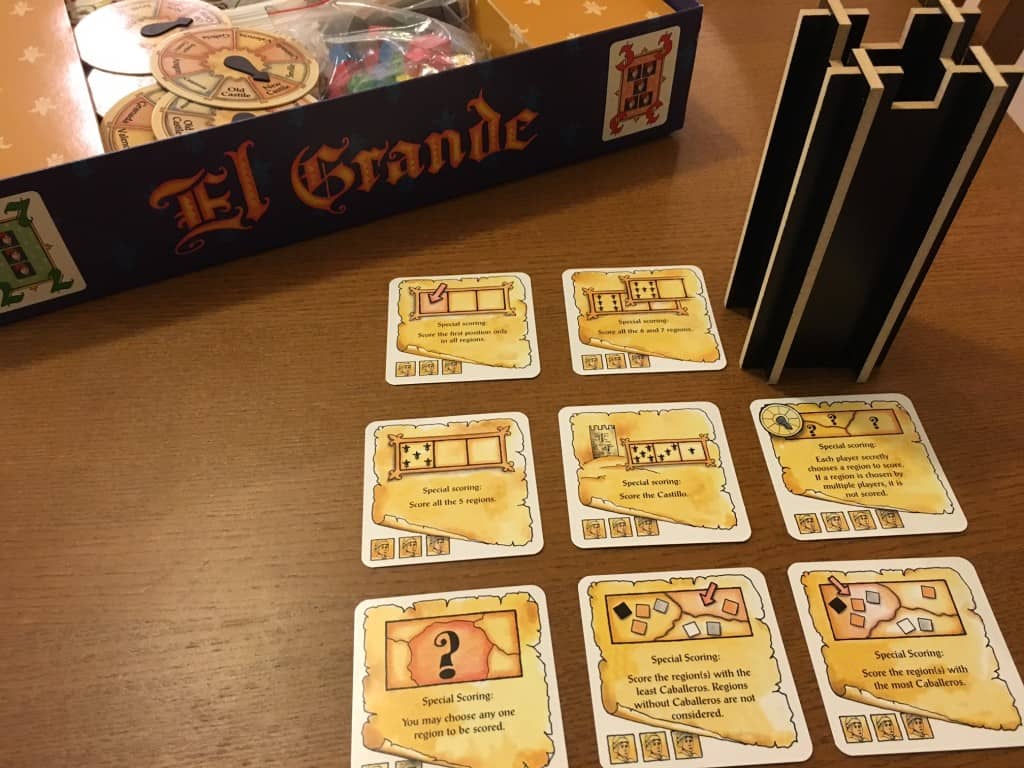
A lot of things can be done wrong while writing rules. Some of them can be pretty damaging to the way your game is received. While this small list of rules about rules is far from comprehensive, they are certainly worth keeping in mind when you wend your way through the mad maze of rule writing.

THAT’S THE FAQ, JACK.
First; Should you have a FAQ section in brand-new rules? The whole idea of a frequently-asked-questions section is to correct things that you left out of the rules, or didn’t clarify sufficiently, the first time you printed the game. It isn’t to reinforce or repeat key elements of the rules that you want to hammer into the players. You can always use bold text to do that, or if you really want to highlight a rule, use an inset box with just that rule in it, but it needs to be in the rules in the section where it belongs, not hidden securely in an disorganized FAQ list.
If you already have a FAQ for the first edition of your rules, then in the second edition, relocate those rules to the sections where people will look for them. If you have some fiddly rule about movement that only applies to Golems in the Third Phase of the Fifth Round of the game on Tuesdays, then put it in the Movement rules for the game. That’s where people are going to look for it first, not in the FAQ section.

If you do stick rules in a FAQ section, then the players are first going to waste time futilely looking for that rule where it actually belongs, and THEN waste more time dredging through an unorganized FAQ list for the one factoid they actually want. This will not make happy gamers.
Another reason people create FAQ in new rules is to provide a catch-all location for fiddly rules that don’t fit anywhere else. If the rule is so fiddly that it doesn’t fit anywhere else GET RID OF IT. I remember one recent game design that had one rule that only applied to one card in the game. Solution? Get rid of the card, or fix the text on it so it falls in line with the rest of the rules.
When is a FAQ appropriate? After the game is published. Then, if a hundred people ask, “What’s a Wizard’s nose weigh?” then even though you put this clearly in the rules, you can stick it in the FAQ. Because it really, really, is a frequently asked question. And, of course, if you have actually left something out, or have an error, the FAQ after publication is quite useful for correcting that. And, if you have a heck of a lot of chaotic card interactions (think MtG or Wiz-War) an alphabetical clarifying FAQ is also extremely useful.
To summarize; don’t tack a FAQ onto brand new rules. If the rules are written well, then everything will be located in the place that people expect to find those rules. (And, in fact, if a rule IS in the main body of the rules, and you DO get questions frequently asked about that rule after publication, then you can put out a FAQ and proudly state, “It’s in section 5.2 of the rules.” You can then wallow in self-satisfied smugness.)
As a side note, putting FAQ sheets on BoardGameGeek is a great way to distribute and update them periodically.
THE DEATH OF FIDDLINESS
Secondly, since I already mentioned it; avoid fiddly rules. If you have a rule that only applies to extremely rare instances in the game (like a single card), get rid of them. It’s fairly obvious when I read new rules and reach a sentence that I know I’m going to forget a minute after I finish reading the rules. Also, there are rules that might apply to every component, but are so useless that no one ever takes advantage of them; excise these from your game. After a few playtests, you’ll see what choices players make, and if you’ve added rules that give players options that they never use, get rid of those options. Once you’ve taught the game a few times, you likely won’t mention them anyway because you’ve forgotten they were there. Even with something as simple as Monopoly, the first dozen or so times I played it, I hadn’t read the rules; someone else taught me. When I finally did read the rules, I was astounded to find out how many were never actually taught to me. Fiddly rules (like the Taxation space!).
HIERARCHY OR ANARCHY?
Thirdly; regarding the hierarchy of rules introduction; don’t use unique terms before you’ve defined them. I see this a lot in rules writing. The writer will blithely write arcane undefined terms early in the rules either because he assumes that the reader will pick them up later in the rules or because he has the rules in his head as a cohesive block structure where all the terms are self-referentially merged and can be presented in any order. That’s not the way people read rules. A good rules structure introduces the components of the game, the setup of the game (now that the components are defined), then what a turn consists of (now that the setup and components are understood), then the fine details of turn phases, and what those terms mean. Players find it irritating when they read an undefined term, then come upon the definition for that term five pages later, then have to go back and find where it was mentioned the first time so they can see how it applies to the first rule, if they actually remember the first time they read it. With a 20 page rule book, it’s so easy to lose track.
PICTURE PERFECT

Fourth item; Pictures; use lots of them. The clearest rules I’ve ever read depend on a crapload of pictures. Stone Age was great for this, with a two-page spread showing the setup. It might turn your 4-page rule book into a 10-page rule book, but it’s classy and well worth the extra few cents in production cost. I wish I’d done that in more of my early game designs!
ONE RULE TO RULE THEM ALL
Fifth; Use of redundancy in rules. I have mixed feelings about this. I sometimes use redundancy in rules because one rule will apply to multiple situations and needs to be reiterated in each part of the rules where it’s relevant. For example, a Punch in Wiz-War (5th edition) had several mentions; in the section defining cards, “If you don’t have an attack card, you can always Punch an opponent for 1 damage” and it appears in the section on combat, “You can always punch an opponent for 1 damage, but it uses up your attack for the turn” and it appears in the section on destroying objects, doors and walls, “You can punch a bush or wall down, given time, at 1 point per turn.”

The big problem arises when I edit the rules. If I change the damage a Punch does from 1 to 2 points, I can’t just edit the one place it appears. I have to read the entire rules, find every occurrence of the Punch rule and change them, and I still won’t be 100% sure that I caught every instance of it. If I’d used a single rule; “Punch causes 1 point of damage in the same or adjacent space, acts as your attack for that turn, and can affect anything that can take damage,” then when I did the edit, I only have to edit that one rule and I’d be 100% sure that I’d caught all the instances of the rule. In some respects, it’s like writing software; if you use multiple routines in different parts of your software to accomplish a single task, then some time in the future if that subroutine(s) requires an update, you’re going to screw it up, modifying one without remembering the other. This, too, is all about the Hierarchy, although there are arguments both ways. I personally like redundancy in game rules, since it reinforces certain important rules and allows people to find the answers they’re looking for more quickly. But, realistically, it makes the rules longer and introduces errors when editing occurs, and edits take a lot longer. If I were to recommend one way or the other, I’d tend toward the “have each rule in only one place.”
Your rules are the most important part of your game; I can’t tell you the number of games I’ve gotten rid of just because the rules were poorly written. This is the one place where you really need to pay attention to details and shine, and as always, playtest, playtest, playtest.
For further tips on writing rules that aren’t just my own pet peeves, peruse the wisdom of Seth Jaffee in his article, Following Rules is Hard, Writing Rules is Harder!
If you have your own suggestions on rules formatting, please comment. I’d love to hear from you.
Tom Jolly








